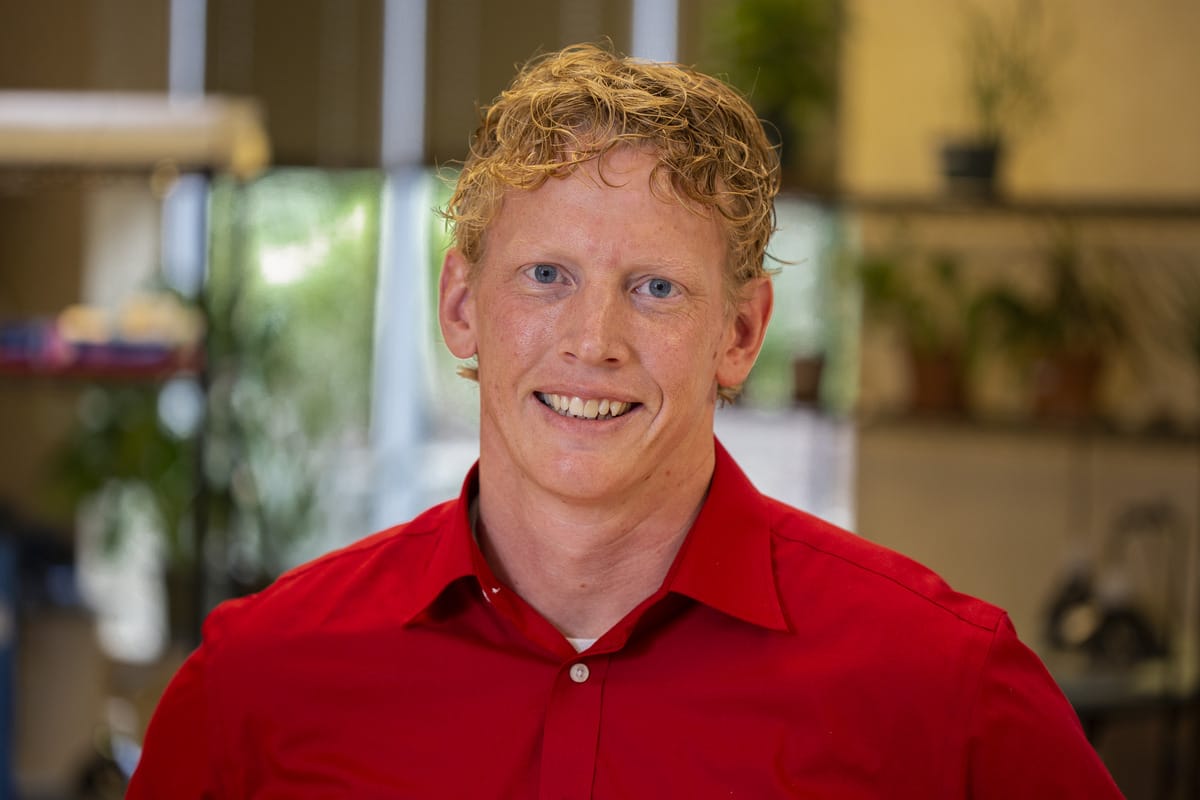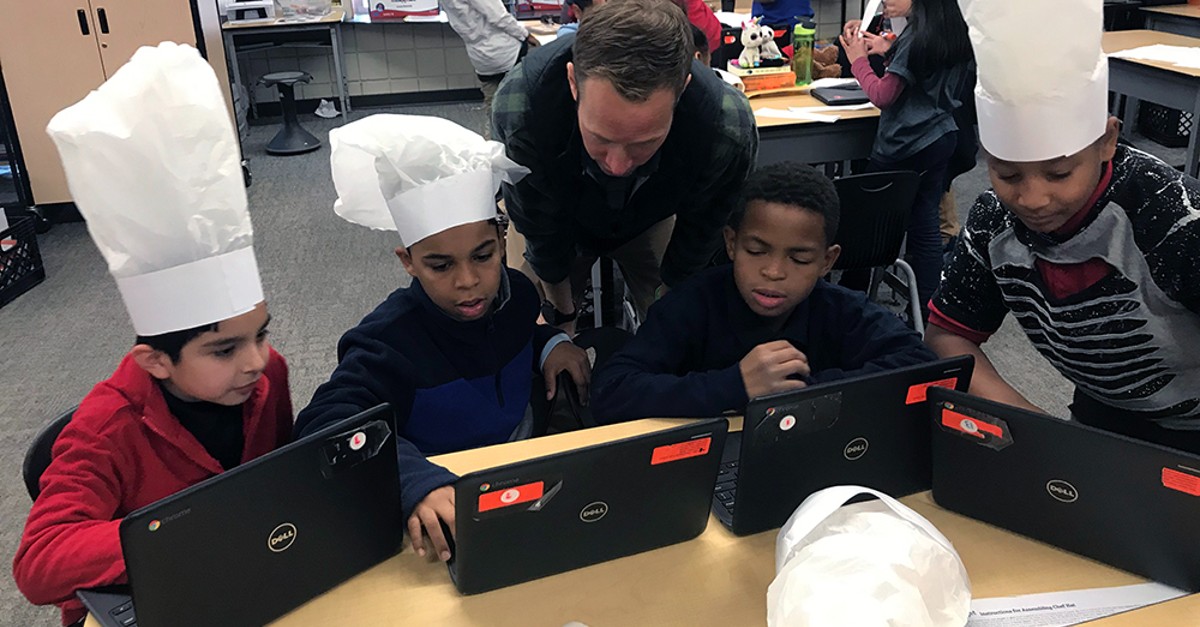On the shores of Lake Michigan, a group of middle-school campers was having so much fun that they almost forget they were learning. Maybe that’s why they learned so well.
The kids thought they were just having fun — taking a break from all the rigor and homework and occasional boredoms of school. They were playing tag and making art. They were creating videos and talking with their friends. While they were at it, they were mastering high-level academic content: science standard MS-LS1-3. Math standard 7.G.B.6. They were analyzing data and making inferences; they were learning about surfactants and the systems of the body and how to control variables.
And they could prove it.
Tales from Camp
Students at Camp Blodgett’s STEM Academy spent no time doing worksheets. No time with drill-and-kill test prep. No time reading textbooks. But over the course of four weeks, they showed clear, demonstrable growth. Compared with their pre-test scores over a range of relevant middle-school standards, campers grew 21% in science and 35% in math. The number of students who scored over 70% doubled, and the number who scored over 80% increased by 167%.
That’s the power of authentic learning; that’s the power of PBL. Not only do students enjoy learning more and get to practice essential skills like collaboration and communication; not only do they have learning experiences that are memorable and meaningful. They also learn more, and they learn it more deeply.
Moving Beyond
This is more than just an anecdote; it’s a phenomenon robustly demonstrated by research. Michigan State University and the University of Michigan studied the impact of PBL on social studies achievement in a carefully controlled and randomized study, with clear and compelling results. A 2015 study found that PBL was associated with statistically significant improvement in both reading and math scores.
PBL has been found to narrow or eliminate achievement gaps, to increase science understanding, to improve problem-solving skills, and to boost AP test performance. So why don’t schools incorporate PBL more extensively? Why aren’t all teachers utilizing it in their classrooms?
It might be that changing ingrained patterns is hard — it takes conscious effort. Then there’s the time — the planning. The trips to the dollar store for supplies. Building assessment rubrics. Finding just the right resources to support student learning. But to improve student learning, to cultivate memorable and meaningful learning experiences, and to make a true positive impact on students’ lives and on the world, it’s worth it.
PBL in Your Classroom
As the PBL movement gains momentum, there are more and more organizations popping up to support teachers as they work to create rich project-based learning experiences for their students. For the last three years, I’ve been privileged to work with one of the best: Blue Apple Projects provide plans and physical supplies to save teachers time and to allow them to do what they do best: teach. It’s been one of my most rewarding experiences to connect with passionate teachers around the country, and to support them as they use the power of PBL to captivate student interest and to transform their classrooms.
I’d love to connect with you to explore how to use PBL in your classroom. It’s a fun, proven, powerful way to make your classroom come alive and to help your students learn.
Even if they don’t realize it.

